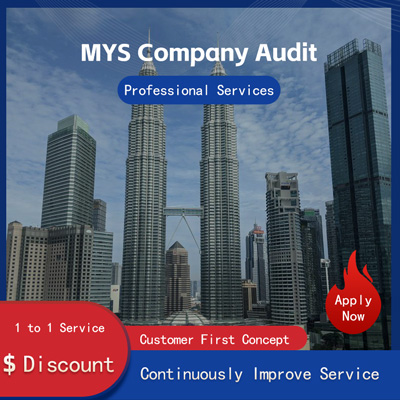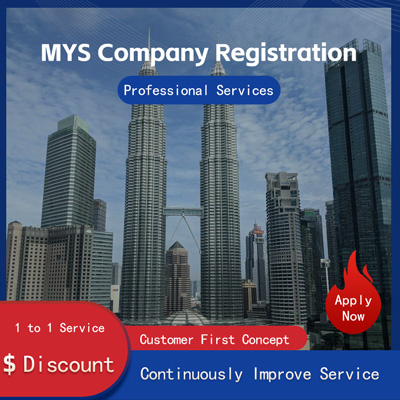
What Are the Last-Mile Delivery Costs for a Semi-Managed Warehouse?
How Much Are the Final Mile Costs for Semi-Managed Warehouses?
In the modern logistics industry, semi-managed warehouses, as a flexible warehousing solution, are gaining increasing favor from more and more enterprises. They provide professional warehousing management services while allowing companies to retain certain autonomy. For businesses using this service, understanding the specific composition and influencing factors of final mile costs is crucial. This article will combine relevant trends in the logistics industry to provide you with a detailed analysis of the final mile costs related to semi-managed warehouses.

The final mile cost generally refers to the transportation cost of goods from the warehouse to the end consumer. This link holds an important position in the entire supply chain, directly affecting customer satisfaction and corporate operational efficiency. With the rapid development of e-commerce, the demand for final mile delivery has significantly increased, which has prompted logistics companies to continuously optimize their final mile delivery solutions to reduce overall costs and improve service quality.
According to a recent report by a well-known logistics platform, the final mile delivery costs in major domestic cities currently show certain regional differences. For example, in first-tier cities such as Beijing and Shanghai, due to traffic congestion and higher labor costs, final mile delivery costs are relatively high; whereas in secondand third-tier cities, because the logistics network is more complete, delivery costs have decreased. Seasonal factors also have a significant impact on final mile costs. For instance, during large-scale promotional events like Singles' Day, due to a surge in order volumes, logistics companies often need to invest more manpower and resources for delivery, leading to an increase in final mile costs.
Then, what key points should be noted regarding the final mile costs of semi-managed warehouses? First, the service model of semi-managed warehouses determines that its calculation method of final mile costs differs from that of traditional fully-managed warehouses. Under the semi-managed model, companies can choose part or all of the warehousing and delivery services based on their own needs. This flexibility allows companies to control costs while ensuring delivery efficiency. For example, an e-commerce platform successfully achieved rapid response to orders nationwide by adopting the semi-managed warehouse model, while keeping final mile delivery costs within a reasonable range.
Secondly, final mile costs are also influenced by the characteristics of the goods. Different types of goods require different delivery methods and packaging standards due to their varying volumes, weights, and fragility. When planning final mile delivery, companies should fully consider these factors and adjust corresponding cost budgets accordingly. For example, for some high-value and fragile items, stricter packaging measures may be required, which will undoubtedly increase the final mile delivery costs.
Furthermore, technological advancements have also provided new possibilities for reducing final mile costs. In recent years, with the application of big data, artificial intelligence, and other technologies, logistics companies can more accurately predict market demand, allocate resources reasonably, and thus effectively reduce unnecessary waste. For example, a logistics company reduced final mile delivery costs by introducing an intelligent dispatching system, which not only shortened delivery time but also reduced fuel consumption, thereby lowering costs.
In summary, the final mile costs of semi-managed warehouses are a multi-dimensional issue involving geographical location, seasonal changes, product characteristics, and technological innovation among others. For enterprises hoping to optimize their supply chain management through semi-managed warehouses, gaining a deep understanding of these influencing factors and formulating scientifically reasonable cost control strategies is undoubtedly critical. In the future, with continuous innovation and development in the logistics industry, it is believed that final mile costs will become more transparent and reasonable, bringing greater convenience and benefits to enterprises.
Still have questions after reading this? 26,800+ users have contacted us. Please fill in and submit the following information to get support.

Service Scope
MoreRecommended for You
- Which Company Is Better at Opening Twitter Ad Accounts?
- Cross-border E-commerce Logistics Which Goods Are Suitable for Sea Freight? How Long Does It Take?
- How to Open a Twitter Feed Ad Account
- Want to Break Into Cross-Border E-Commerce? Save This Guide!
- US FBA Warehouses Corresponding to Which Ports? Amazon FBA Practical Knowledge Sharing
- How to Effectively Control Twitter Ads Account Opening Fees
- A Guide to Applying for Children's Toy Twitter Promotion Accounts
- How to Register a Twitter Promotion Account for Pet Food
- How to Legally Avoid Tariffs and Taxes in Cross-Border E-Commerce Logistics? Practical Tips for Cross-Border Logistics
- What Does a Cross-Border Small Packet Logistics Company Do? Sharing of Practical Knowledge in International Small Packet Logistics
- How to Choose a Reliable Logistics Company for Cross-Border E-commerce
- How Does the FBA Air Freight Process Work? Essential Reading for Amazon Sellers
- New Regulations for Opening Twitter Advertising Accounts
- Cross-Border Logistics How Are International Seaborne Cargo Classified?
- Southeast Asia Regional Twitter Feed Ad Account Opening Service
- E-commerce Sellers' Comprehensive Analysis on How to Choose Suitable US Dedicated Line Logistics Plans
- How Effective Is Opening a Twitter Ads Account?
- Cross-Border Logistics Analysis on Payment of Customs Clearance and Customs Duties
- Interpretation of New Policies for Twitter Advertising Account Opening
- Optimizing Cross-Border Logistics for Large Furniture Transport 3D Volume Dimensional Weight Calculation Formula


 ONE
ONE









Customer Reviews
Small *** Table
December 12, 2024The experience was very good. I was still struggling to compare it with other companies. I went to the site a few days ago and wanted to implement it as soon as possible. I didn't expect that everything exceeded my expectations. The company is very large, with several hundred square meters. The employees are also dedicated and responsible. There is also a wall of certificates. I placed an order on the spot. It turned out that I did not make a wrong choice. The company's service attitude is very good and professional. The person who contacted me explained various things in detail in advance. After placing the order, the follow-up was also very timely, and they took the initiative to report the progress to me. In short, I am very satisfied and recommend this company!
Lin *** e
December 18, 2024When I first consulted customer service, they recommended an agent to me. They were very professional and patient and provided excellent service. They answered my questions as they came in. This 2-to-1 service model is very thoughtful. I had a lot of questions that I didn’t understand, and it’s not easy to register a company in Hong Kong. Fortunately, I have you.
t *** 7
December 19, 2024I originally thought that they only did mainland business, but I didn’t expect that they had been doing Hong Kong business and were doing very well. After the on-site interview, I decided to ask them to arrange the registration of my Hong Kong company. They helped me complete it very quickly and provided all the necessary information. The efficiency was awesome. It turns out that professional things should be done by professionals.👍
b *** 5
December 16, 2024In order to register a company in Hong Kong, I compared many platforms and stores and finally chose this store. The merchant said that they have been operating offline for more than 10 years and are indeed an old team of corporate services. The efficiency is first-class, and the customer service is also very professional.